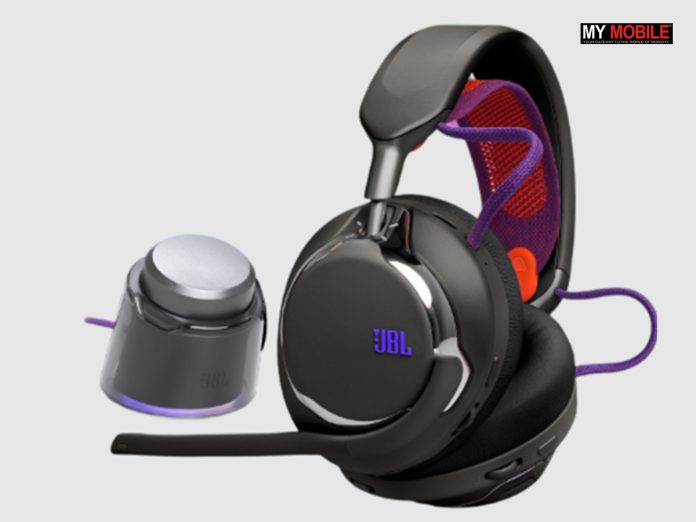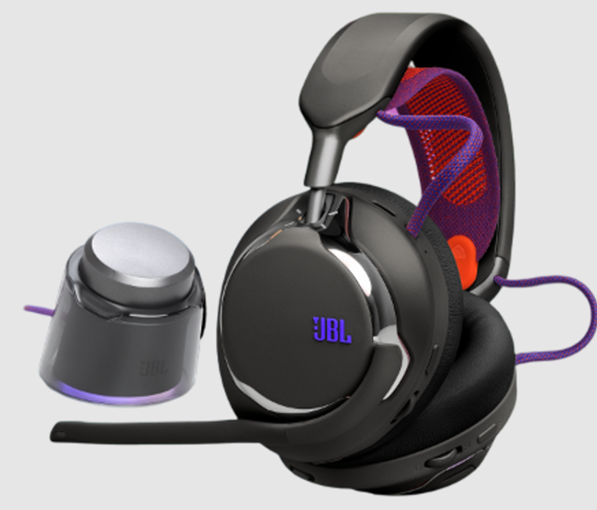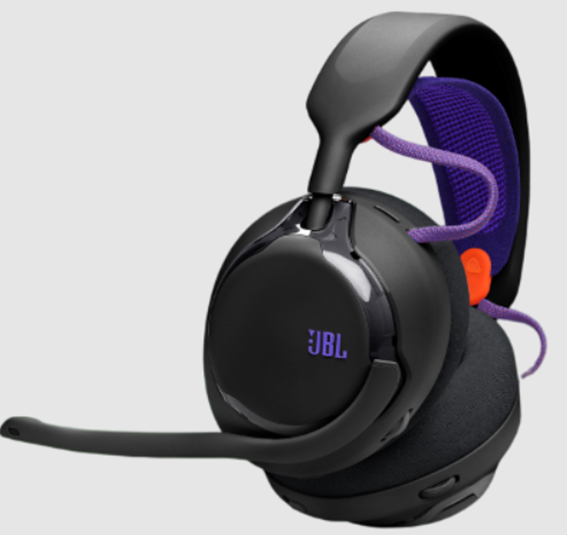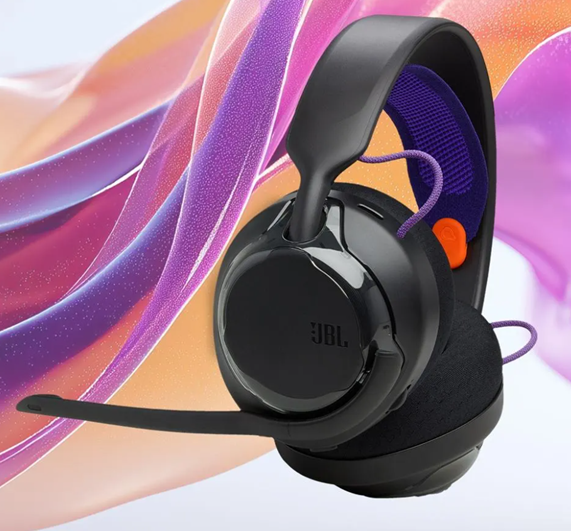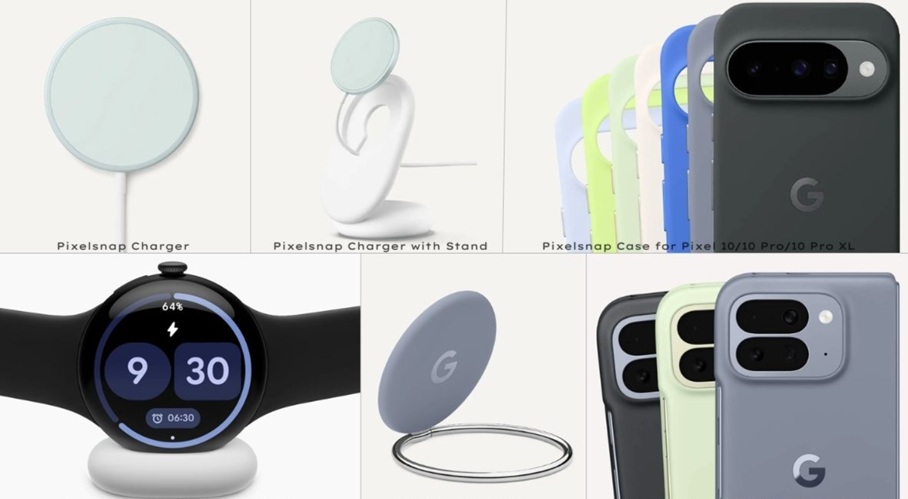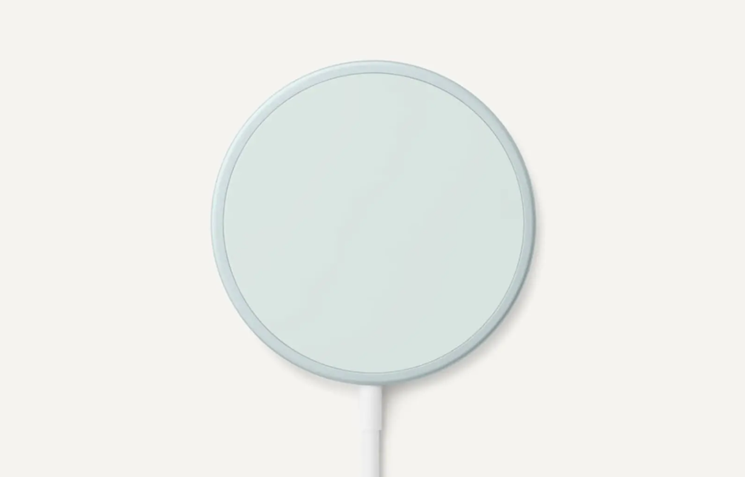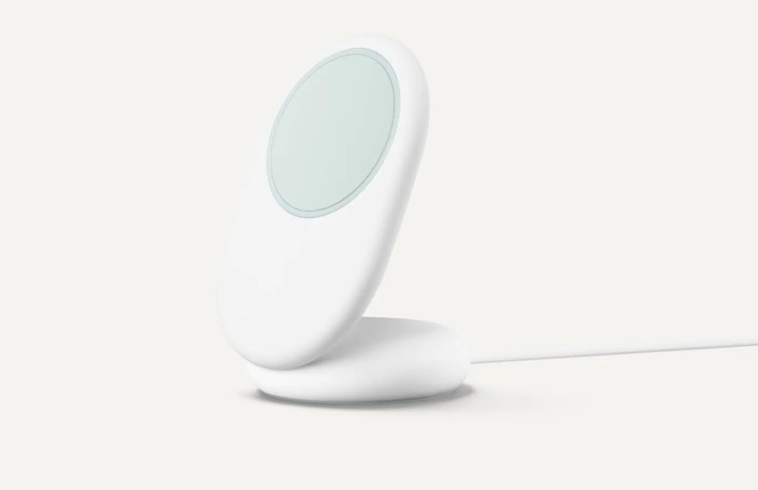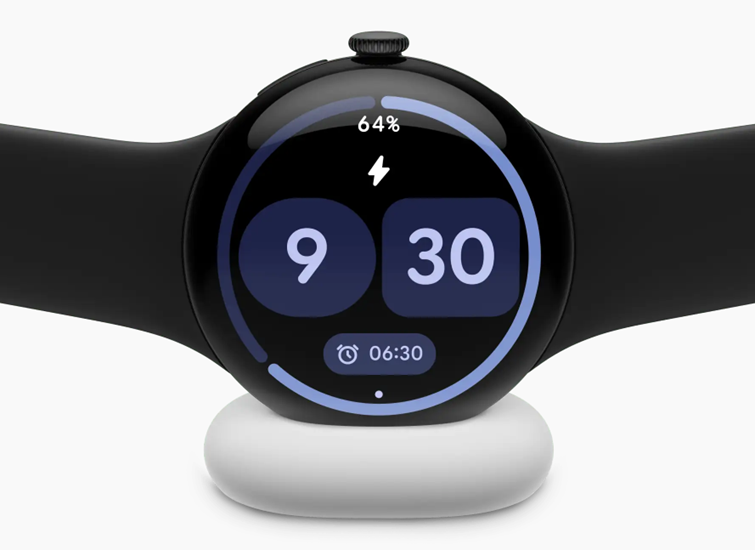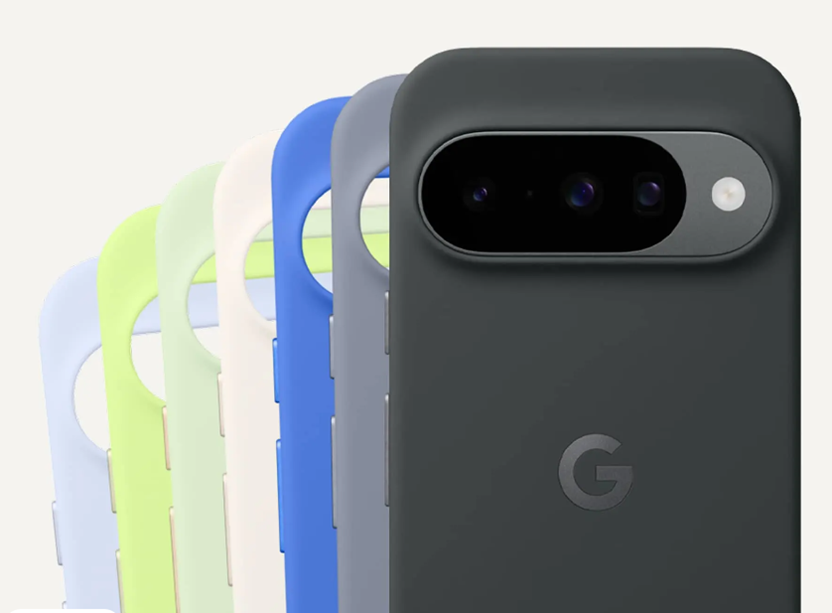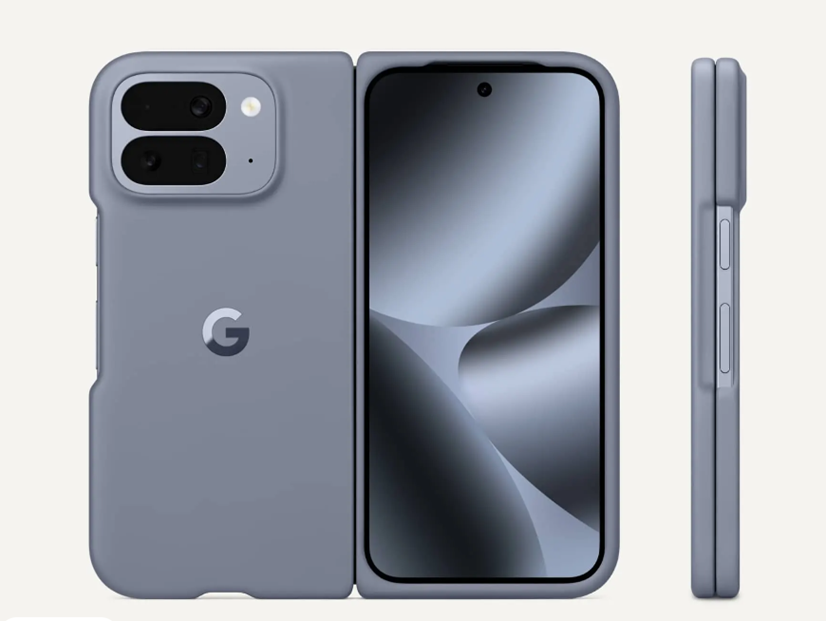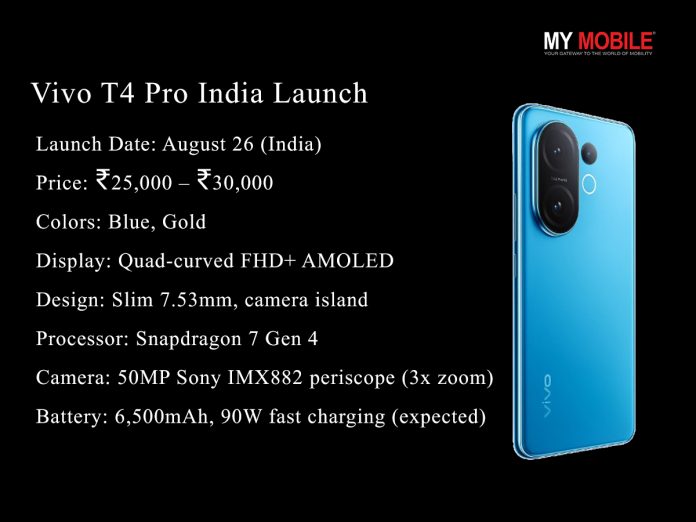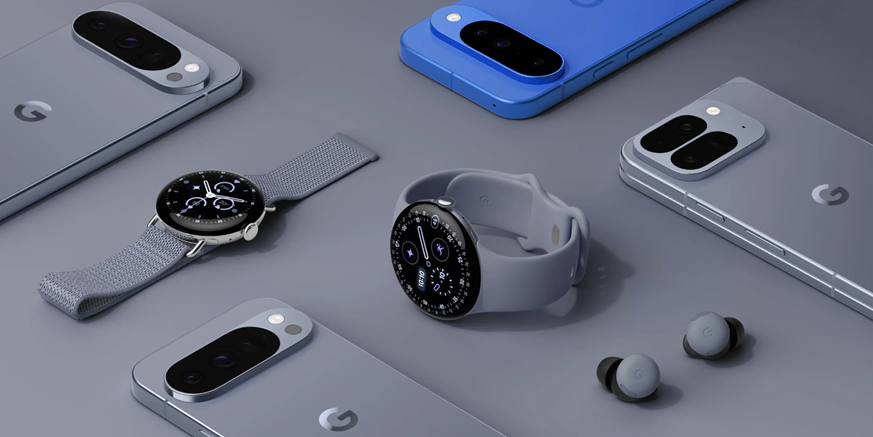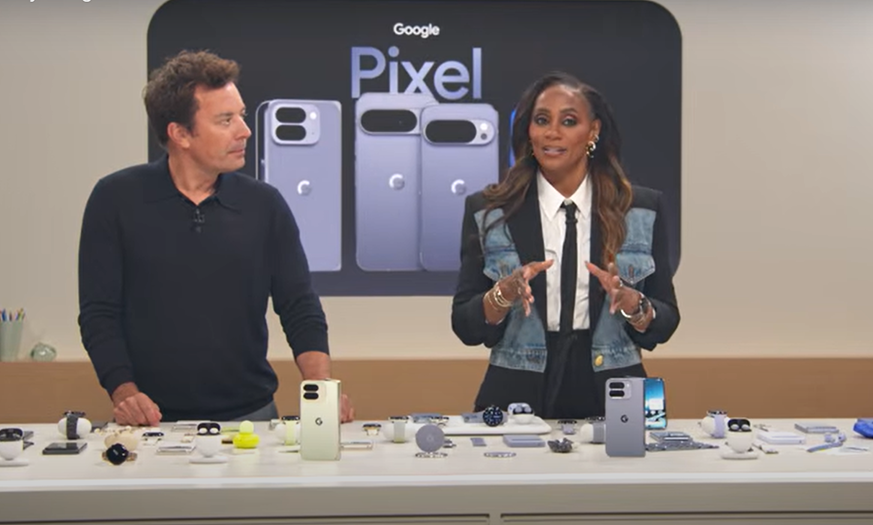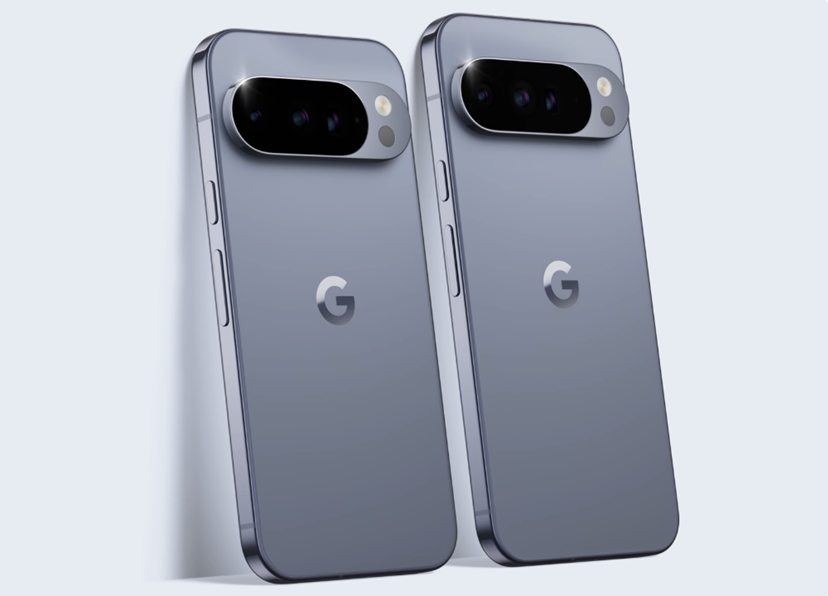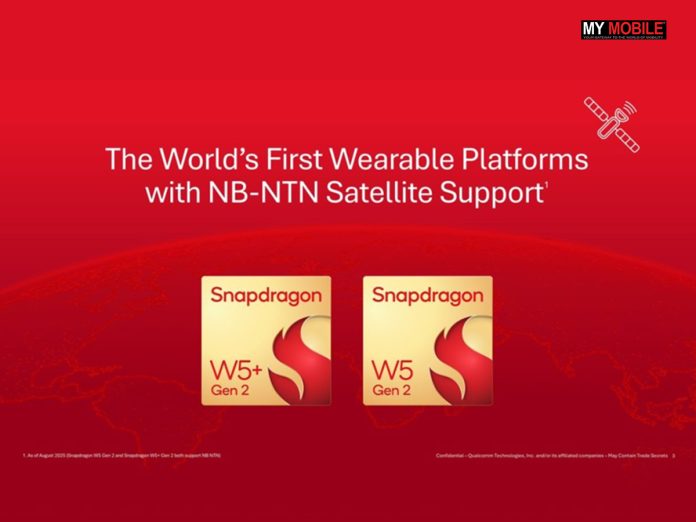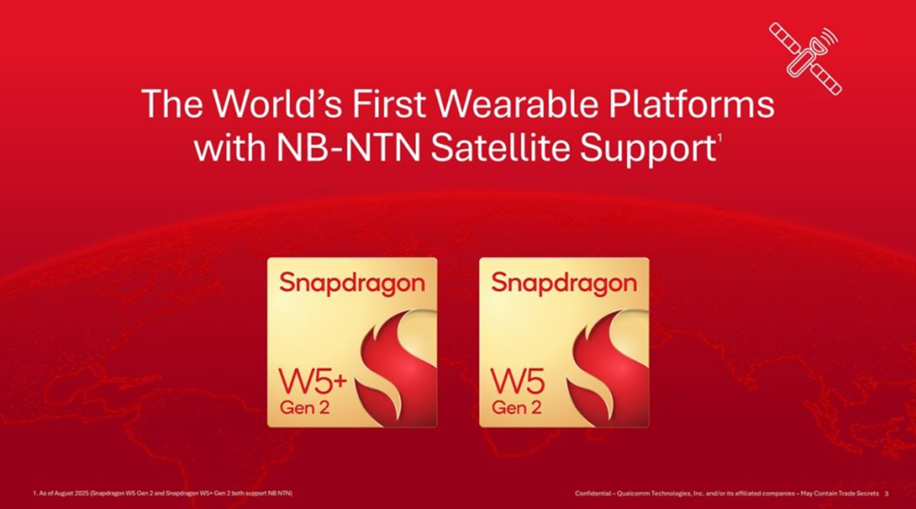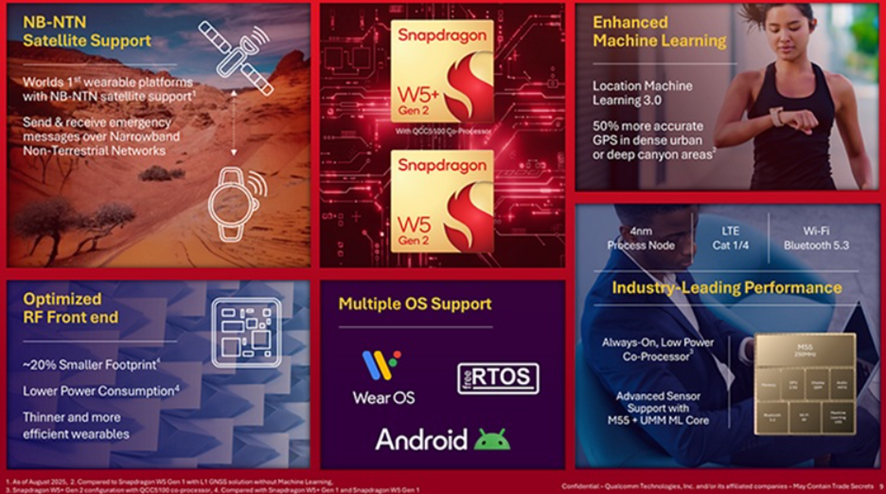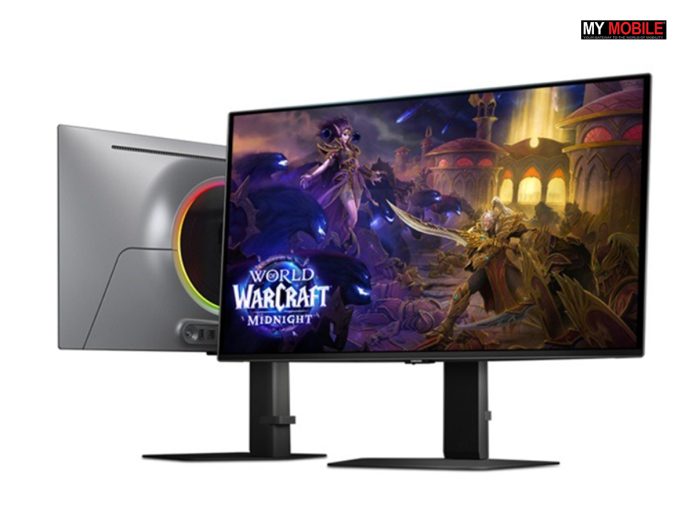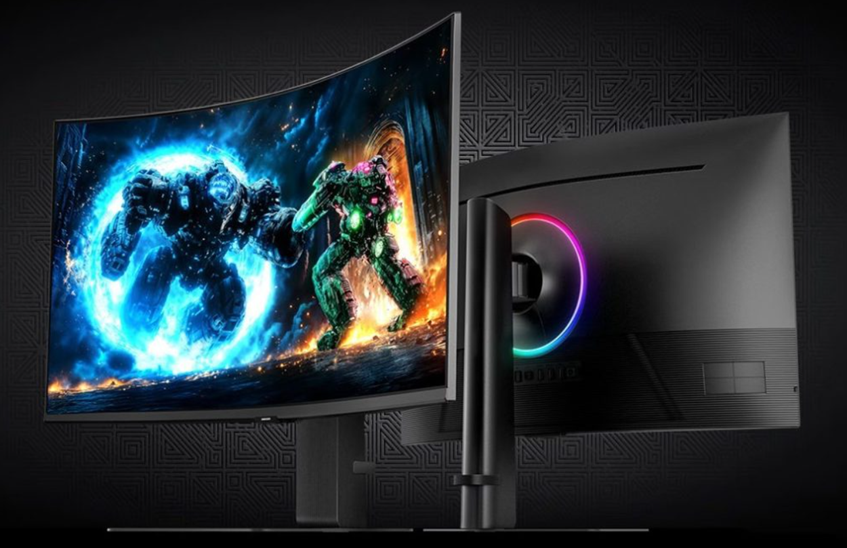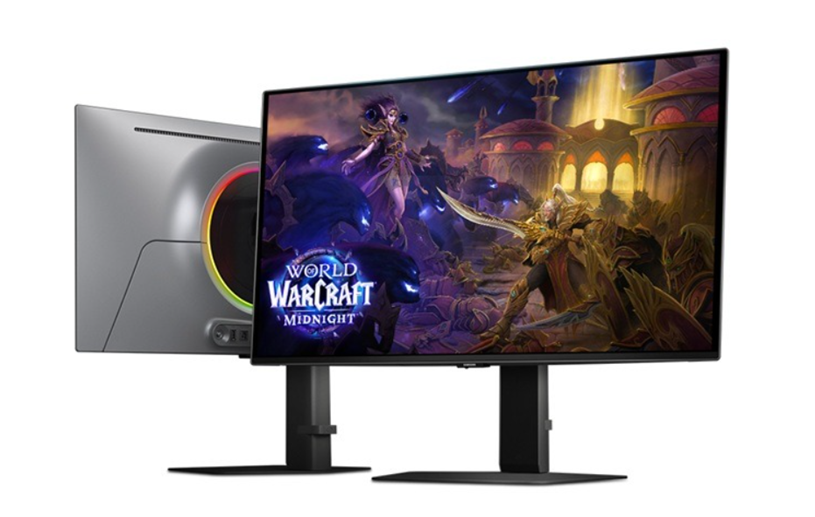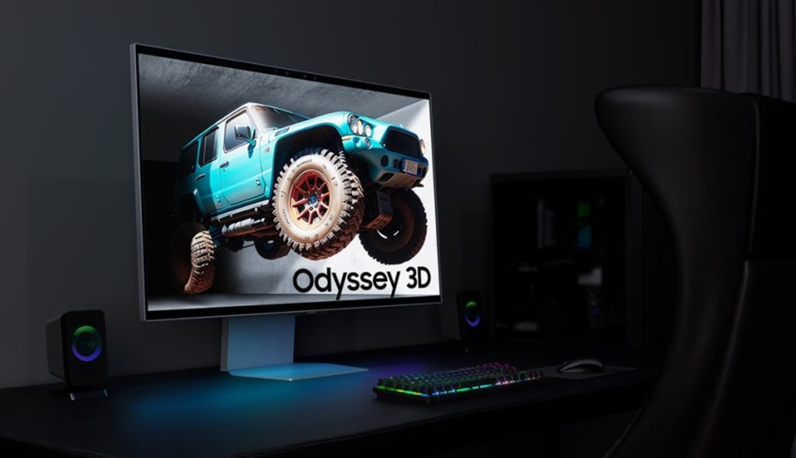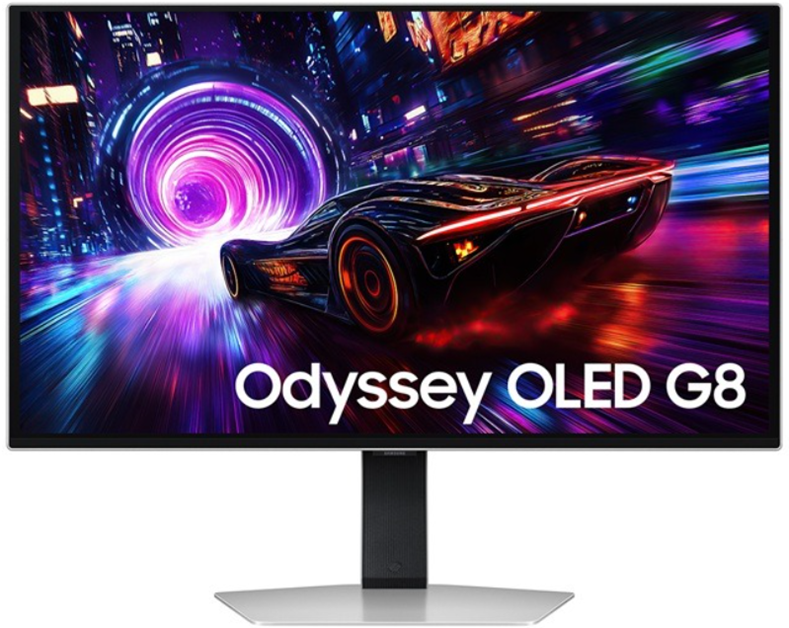Highlights
- Both Redmi Note 15 Pro and Pro+ launched featuring a 7000mAh battery, 6.83″ AMOLED 1.5K display with 120Hz refresh rate and IP69K water resistance.
- The Pro model runs on Dimensity 7400 Ultra, while the Pro+ debuts Snapdragon 7s Gen 4 with enhanced cooling and satellite messaging support.
- The Pro offers a 50MP Sony triple camera setup, while the Pro+ upgrades to dual 50MP sensors (main + telephoto) and a 32MP selfie camera, with 4K video and AI tools.
- Redmi Note 15 Pro and Pro+ prices in China start at ¥1399 (approx $196).

Xiaomi has unveiled the Redmi Note 15 Pro and Note 15 Pro+ in China, introducing the newest generation of its Note lineup with a strong emphasis on durability and battery power. The two models share the same design language and rugged build but differ in terms of performance hardware and camera systems. Here’s more on both the newly launched smartphones.
Redmi Note 15 Pro and Pro+ – Price and Availability
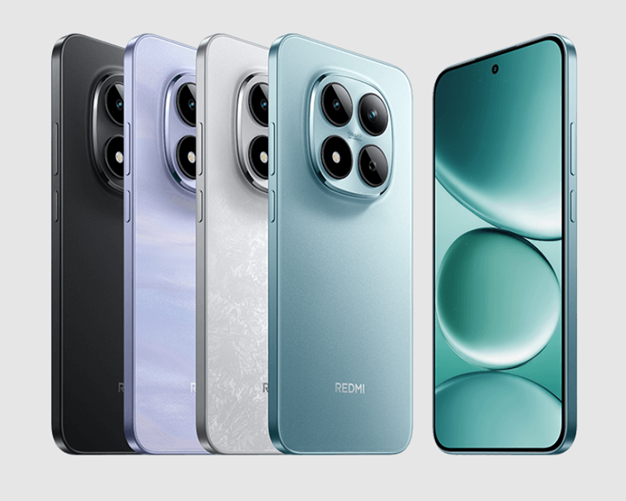
Redmi Note 15 Pro –
- 8GB + 256GB – 1499 yuan ($210), first sale at 1399 yuan ($196)
- 12GB + 256GB – 1699 yuan ($238), first sale at 1599 yuan ($224)
- 12GB + 512GB – 1899 yuan ($266), first sale at 1799 yuan ($252)
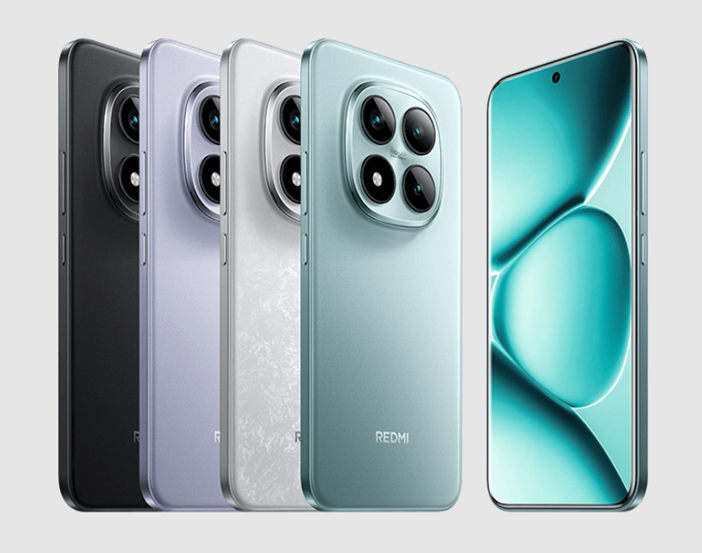
Redmi Note 15 Pro+ –
- 12GB + 256GB – 1999 yuan ($280), first sale at 1899 yuan ($266)
- 12GB + 512GB – 2199 yuan ($308), first sale at 2099 yuan ($294)
- 16GB + 512GB – 2399 yuan ($336), first sale at 2299 yuan ($322)
- Satellite Messaging Edition – 2499 yuan ($350), first sale at 2399 yuan ($336)
The Redmi Note 15 Pro series is available in four colours, which are Midnight Black, Purple, White, and Blue. The phone are already on sale in China.
Redmi Note 15 Pro and Pro+ – Key Features
Both smartphones are equipped with a large 6.83-inch AMOLED display offering a 1.5K resolution (2772 × 1280 pixels). The panel supports a 120Hz refresh rate, peak brightness of up to 3200 nits, and 480Hz touch sampling rate, which can further climb to 2560Hz in select games for ultra-fast response.

For colour and HDR performance, the screen comes with 3840Hz PWM dimming, HDR10+, HDR Vivid, Dolby Vision, 12-bit colour depth, and full DCI-P3 coverage.
The Redmi Note 15 Pro runs on MediaTek’s Dimensity 7400 Ultra, built on a 4nm process with a CPU clock speed up to 2.6GHz and Mali-G615 MC2 GPU. The Pro+ model, on the other hand, is the first in the series to feature Qualcomm’s Snapdragon 7s Gen 4 processor paired with an Adreno 810 GPU.
The Pro+ also integrates an advanced Ice-Sealed Circulating Cooling Pump alongside a large graphite layer to keep temperatures in check during heavy use.
On the software side, both devices ship with HyperOS 2 based on Android 15. The OS brings improved multitasking, AI-based photo enhancements, and smoother overall performance. Wet Touch 2.0 is also supported, allowing users to operate the screen even with water droplets on it.
The Redmi Note 15 Pro comes with a triple camera setup consisting of a 50MP Sony LYT-600 primary sensor (f/1.5, OIS), an 8MP ultra-wide lens, and a 2MP macro camera. For selfies, it includes a 20MP portrait front camera.
The Note 15 Pro+ offers a more advanced system featuring a 50MP Light Fusion 800 main sensor with OIS, a 50MP telephoto lens with 2.5x optical zoom, and an 8MP ultra-wide shooter. On the front, it upgrades to a 32MP selfie camera. Both models support 4K recording and AI-powered tools such as Magic Eraser, AI Portrait, and a range of creative modes.
Battery capacity is a key highlight, with both smartphones carrying a massive 7000mAh Xiaomi Jinsajiang battery, the biggest ever in the Note series. The Redmi Note 15 Pro supports 45W wired fast charging, while the Pro+ model takes it up a notch with 90W charging support. In addition, both devices can reverse charge accessories via 22.5W wired output. Xiaomi claims the phones can comfortably deliver all-day usage under heavy workloads.

To ensure toughness, Xiaomi has used Dragon Crystal Glass on the front and a reinforced fibreglass back panel. Both devices have passed drop tests on 2-meter granite surfaces and hold dual five-star protection certifications. On the waterproofing front, the Note 15 Pro series is rated IP66, IP68, IP69, and IP69K, along with TÜV SÜD five-star long-term quality approval.
Audio is handled by dual stereo speakers with symmetrical design, capable of producing up to 400% volume. Dolby Atmos and Hi-Res audio certification further enhance the listening experience.
Connectivity options include 5G SA/NSA, Wi-Fi 6, Bluetooth 5.4, NFC, and enhanced GPS. The Pro+ variant also gets a dedicated Pascal T1S chip, which boosts Wi-Fi and Bluetooth speeds by 26% and makes GPS tracking more precise. Additionally, Xiaomi has launched a Pro+ Satellite Messaging Edition that enables two-way Beidou satellite messaging and one-click SOS texts without relying on mobile networks.
FAQs
Q1. What are the main differences between the Redmi Note 15 Pro and Pro+?
Answer. The Redmi Note 15 Pro is powered by the MediaTek Dimensity 7400 Ultra chip, while the Pro+ uses the Snapdragon 7s Gen 4 processor and includes a more advanced camera system, faster 90W charging, and satellite messaging support.
Q2. How large is the battery in the Redmi Note 15 Pro series, and how fast does it charge?
Answer. Both models feature a massive 7000mAh battery, with the Note 15 Pro supporting 45W fast charging and the Pro+ offering 90W fast charging, along with 22.5W reverse wired charging.
Q3. Are the Redmi Note 15 Pro and Pro+ water and drop resistant?
Answer. Yes, both phones are built with Dragon Crystal Glass and a reinforced fiberglass back, and they are certified with IP66, IP68, IP69, and IP69K ratings, having passed 2-meter granite drop tests.
Q4. What kind of display does Redmi Note 15 Pro and Pro+ offer?
Answer. The Redmi Note 15 Pro and Pro+ come with a 6.83-inch AMOLED display featuring 1.5K resolution, 120Hz refresh rate, 3200 nits peak brightness, and support for Dolby Vision, HDR10+, and 12-bit color depth.
Q5. What is the price range for the Redmi Note 15 Pro and Pro+ in China?
Answer. The Redmi Note 15 Pro starts at ¥1399 (approximately $196), while the Pro+ begins at ¥1899 (around $266), with higher configurations reaching up to ¥2399 ($336) for the Satellite Messaging Edition.
Also Read


